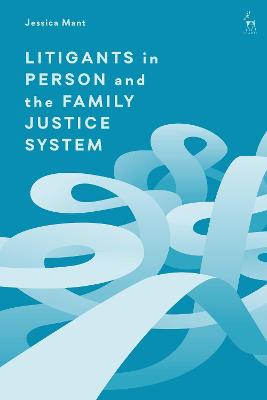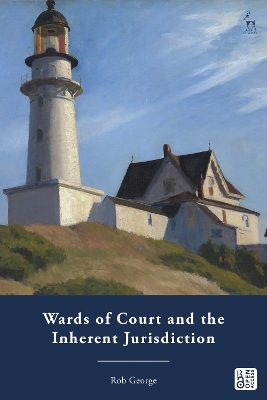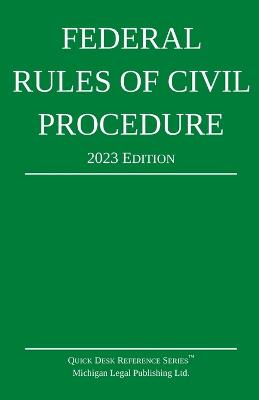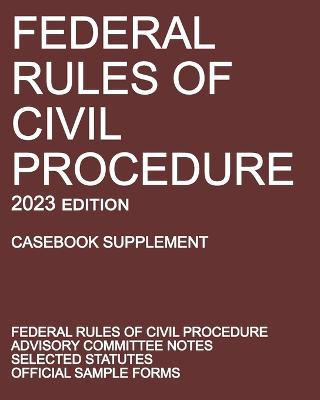Litigants in Person and the Family Justice System
 portes grátis
portes grátis
Litigants in Person and the Family Justice System
Mant, Dr Jessica
Bloomsbury Publishing PLC
11/2022
192
Dura
Inglês
9781509947355
15 a 20 dias
Descrição não disponível.
1. Introduction
I. Litigants in Person and the Family Justice System
II. The Family Justice Landscape
III. Where Next for Family Justice?
IV. Learning from LIPs
V. Chapter Outline
2. The Changing Landscape of Family Justice
I. Neoliberalism and the Family Justice System
II. Family Justice at Breaking Point?
III. Domestic Abuse and Family Justice
IV. COVID-19 and Family Justice
V. A Turning Point for Family Justice
3. Conceptualising Litigants in Person
I. Tensions in Family Justice Research
II. Marginalised Perspectives
III. Inequality, Disadvantage, and Difference
IV. The State and the Family Justice System
V. Material Manifestations of Disadvantage
VI. A Theoretical and Empirical Enquiry
4. Navigating the Family Justice System
I. Procedural Requirements
II. Legal Norms
III. Physical Environments, Social Hierarchies and Cultural Expectations
IV. The Full-Representation Model
5. Contributing to the Family Court Process
I. Speaking in Court
II. Using Paperwork to Communicate
III. Asking and Answering Questions
IV. Being Heard within the Family Court Process
V. Changing the Conversation
6. Finding a Role in the Family Justice System
I. Relationships with Judges
II. Relationships with Opposing Lawyers
III. Relationships with Other LIPs
IV. Finding a Role
7. Perceptions of Family Justice
I. The Expectation-Experience Disconnect
II. Understanding Decisions and Outcomes
III. A Cycle of Exclusion
IV. Family Justice Journeys
8. Conclusion
I. Litigants in Person and the Family Justice System
II. LASPO: The End of Family Justice?
III. How to Break a Cycle of Exclusion
I. Litigants in Person and the Family Justice System
II. The Family Justice Landscape
III. Where Next for Family Justice?
IV. Learning from LIPs
V. Chapter Outline
2. The Changing Landscape of Family Justice
I. Neoliberalism and the Family Justice System
II. Family Justice at Breaking Point?
III. Domestic Abuse and Family Justice
IV. COVID-19 and Family Justice
V. A Turning Point for Family Justice
3. Conceptualising Litigants in Person
I. Tensions in Family Justice Research
II. Marginalised Perspectives
III. Inequality, Disadvantage, and Difference
IV. The State and the Family Justice System
V. Material Manifestations of Disadvantage
VI. A Theoretical and Empirical Enquiry
4. Navigating the Family Justice System
I. Procedural Requirements
II. Legal Norms
III. Physical Environments, Social Hierarchies and Cultural Expectations
IV. The Full-Representation Model
5. Contributing to the Family Court Process
I. Speaking in Court
II. Using Paperwork to Communicate
III. Asking and Answering Questions
IV. Being Heard within the Family Court Process
V. Changing the Conversation
6. Finding a Role in the Family Justice System
I. Relationships with Judges
II. Relationships with Opposing Lawyers
III. Relationships with Other LIPs
IV. Finding a Role
7. Perceptions of Family Justice
I. The Expectation-Experience Disconnect
II. Understanding Decisions and Outcomes
III. A Cycle of Exclusion
IV. Family Justice Journeys
8. Conclusion
I. Litigants in Person and the Family Justice System
II. LASPO: The End of Family Justice?
III. How to Break a Cycle of Exclusion
Este título pertence ao(s) assunto(s) indicados(s). Para ver outros títulos clique no assunto desejado.
1. Introduction
I. Litigants in Person and the Family Justice System
II. The Family Justice Landscape
III. Where Next for Family Justice?
IV. Learning from LIPs
V. Chapter Outline
2. The Changing Landscape of Family Justice
I. Neoliberalism and the Family Justice System
II. Family Justice at Breaking Point?
III. Domestic Abuse and Family Justice
IV. COVID-19 and Family Justice
V. A Turning Point for Family Justice
3. Conceptualising Litigants in Person
I. Tensions in Family Justice Research
II. Marginalised Perspectives
III. Inequality, Disadvantage, and Difference
IV. The State and the Family Justice System
V. Material Manifestations of Disadvantage
VI. A Theoretical and Empirical Enquiry
4. Navigating the Family Justice System
I. Procedural Requirements
II. Legal Norms
III. Physical Environments, Social Hierarchies and Cultural Expectations
IV. The Full-Representation Model
5. Contributing to the Family Court Process
I. Speaking in Court
II. Using Paperwork to Communicate
III. Asking and Answering Questions
IV. Being Heard within the Family Court Process
V. Changing the Conversation
6. Finding a Role in the Family Justice System
I. Relationships with Judges
II. Relationships with Opposing Lawyers
III. Relationships with Other LIPs
IV. Finding a Role
7. Perceptions of Family Justice
I. The Expectation-Experience Disconnect
II. Understanding Decisions and Outcomes
III. A Cycle of Exclusion
IV. Family Justice Journeys
8. Conclusion
I. Litigants in Person and the Family Justice System
II. LASPO: The End of Family Justice?
III. How to Break a Cycle of Exclusion
I. Litigants in Person and the Family Justice System
II. The Family Justice Landscape
III. Where Next for Family Justice?
IV. Learning from LIPs
V. Chapter Outline
2. The Changing Landscape of Family Justice
I. Neoliberalism and the Family Justice System
II. Family Justice at Breaking Point?
III. Domestic Abuse and Family Justice
IV. COVID-19 and Family Justice
V. A Turning Point for Family Justice
3. Conceptualising Litigants in Person
I. Tensions in Family Justice Research
II. Marginalised Perspectives
III. Inequality, Disadvantage, and Difference
IV. The State and the Family Justice System
V. Material Manifestations of Disadvantage
VI. A Theoretical and Empirical Enquiry
4. Navigating the Family Justice System
I. Procedural Requirements
II. Legal Norms
III. Physical Environments, Social Hierarchies and Cultural Expectations
IV. The Full-Representation Model
5. Contributing to the Family Court Process
I. Speaking in Court
II. Using Paperwork to Communicate
III. Asking and Answering Questions
IV. Being Heard within the Family Court Process
V. Changing the Conversation
6. Finding a Role in the Family Justice System
I. Relationships with Judges
II. Relationships with Opposing Lawyers
III. Relationships with Other LIPs
IV. Finding a Role
7. Perceptions of Family Justice
I. The Expectation-Experience Disconnect
II. Understanding Decisions and Outcomes
III. A Cycle of Exclusion
IV. Family Justice Journeys
8. Conclusion
I. Litigants in Person and the Family Justice System
II. LASPO: The End of Family Justice?
III. How to Break a Cycle of Exclusion
Este título pertence ao(s) assunto(s) indicados(s). Para ver outros títulos clique no assunto desejado.







